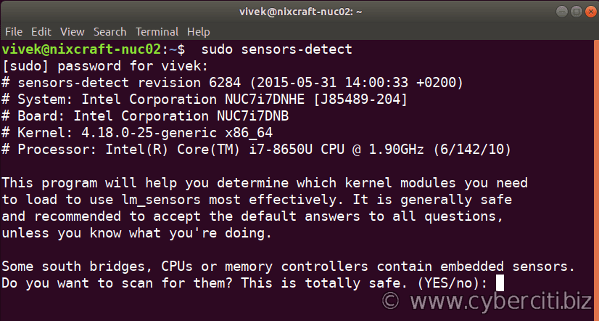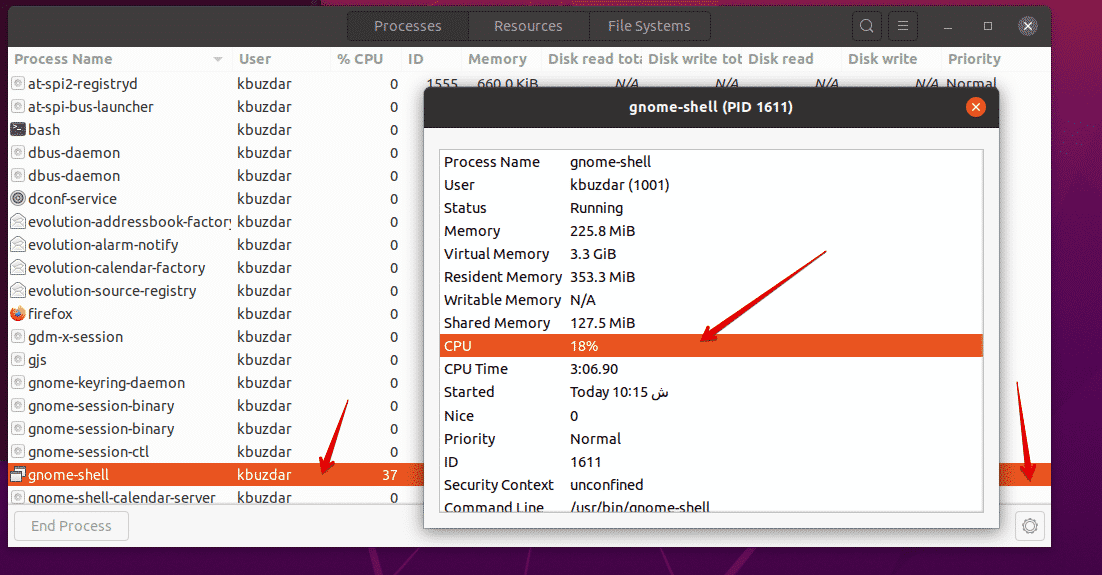
Verify the Workload’s Telegraf instance can be reached from the Monitor: monitor:~# wget -O- We’ll be setting up a few components to run on this node using their Snap packages. Make a note of the newly created container’s IP address, which we’ll need later on monitor:~# ip addr | grep 'inet. As before, we’ll be using LXD as the container technology but if you use some other approach it should only require some adaptation: $ lxc launch ubuntu:20.10 monitor Verify that it is collecting metrics by connecting to Telegraf’s web interface: workload:~# wget -O- # HELP cpu_usage_guest Telegraf collected metricĬpu_usage_guest 95.95141700494543 I! Config: Interval:10s, Quiet:false, Hostname:"workload", Flush Interval:10s I! Loaded outputs: http prometheus_client I! Loaded inputs: swap system cpu disk diskio kernel mem processes └─2562 /usr/bin/telegraf -config /etc/telegraf/nf -config-directory /etc/telegraf/telegraf.d Loaded: loaded (/lib/systemd/system/rvice enabled vendor preset: enabled)Īctive: active (running) since Sat 02:17:57 UTC 6s ago rvice - The plugin-driven server agent for reporting metrics into InfluxDB.Now restart the Telegraf service: workload:~# systemctl restart telegraf We won’t be using Influxdb, so you can comment that section out if it’s enabled. Open /etc/telegraf/nf and scroll down to the “OUTPUT PLUGINS” section and add the following output configuration: ] The agent defaults are fine for our demo and for basic usage.įinally, we need to define where Telegraf will provide output. There are three different types of sections in the file: ], such as we set above ], that we’ll set up next and the ] setting with several performance tuning parameters such as the collection interval, which we’re setting to 10 seconds.

Looking at the config file you’ll notice it’s almost entirely commented out. What we’ll need is the following configuration settings, which you should find already enabled by default: ] Open /etc/telegraf/nf and scroll down to the “INPUT PLUGINS” section. The results are published for collection by external services in our case Prometheus will be collecting the cpu:mem data to the Monitor node. Telegraf processes input data to transform, filter, and decorate it, and then performs selected aggregation functions on it such as tallies, averages, etc.
#UBUNTU TEMP MONITOR INSTALL#
On the Workload, install Telegraf: workload:~# apt update With LXD installed in our host we can use its lxc command line tool to create our containers: $ lxc launch ubuntu:20.10 workload We’ll be using LXD as our container technology, but there’s very little that depends on this particularly any VM, container, or bare metal host should work for purposes of this example, so long as it’s running Ubuntu 20.10. If you select other hostnames, simply substitute the correct ones as we go.Īs reference, here are the ports we’ll be binding for each service:įirst, let’s set up the Workload. Our Monitor node will double as both data store and web UI, receiving data from the Workload, storing it to disk, and displaying it for analysis.įor clarity, we’ll refer to these two hosts as named ‘workload’ and ‘monitor’.
#UBUNTU TEMP MONITOR SOFTWARE#
In a real environment, we’d have multiple hosts each with their own Telegraf instance collecting hardware, network, and software status particular to that node.

For demo purposes we’ll just read the cpu/mem data from the node. The Workload node will be running Telegraf to collect metrics from whatever load we’re monitoring. This will help familiarize ourselves with the various components and how they interoperate. Let’s set up a basic demonstration with two nodes, the first acting as a placeholder load with Telegraf installed - the “Workload”, and the second acting as our data visualization system - the “Monitor”. For this LMA stack, visualization is handled via Grafana and email/pager alerts are generated via the Prometheus Alertmanager plugin. Prometheus works as a hub, polling data from different Telegraf nodes and sending it to various outputs, including persistent storage. Its plugin system permits export of data in any arbitrary format for this system we collect the data in a central data manager called Prometheus. Telegraf collects metrics from the operating system, running software, and other inputs. Architectural OverviewĬanonical’s LMA stack involves several discrete software services acting in concert, including: Your LMA stack will help point out issues in load, networking, and other resources before it becomes a failure point. Logging, Monitoring, and Alerting (LMA) is a collection of tools used to guarantee the availability of your running infrastructure.



 0 kommentar(er)
0 kommentar(er)
